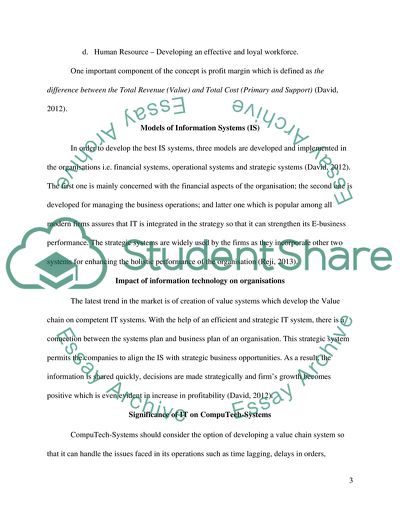Primary and Support Activities of the Value Chain Case Study. https://studentshare.org/marketing/1826032-porters-value-chain-analysis
Primary and Support Activities of the Value Chain Case Study. https://studentshare.org/marketing/1826032-porters-value-chain-analysis.


